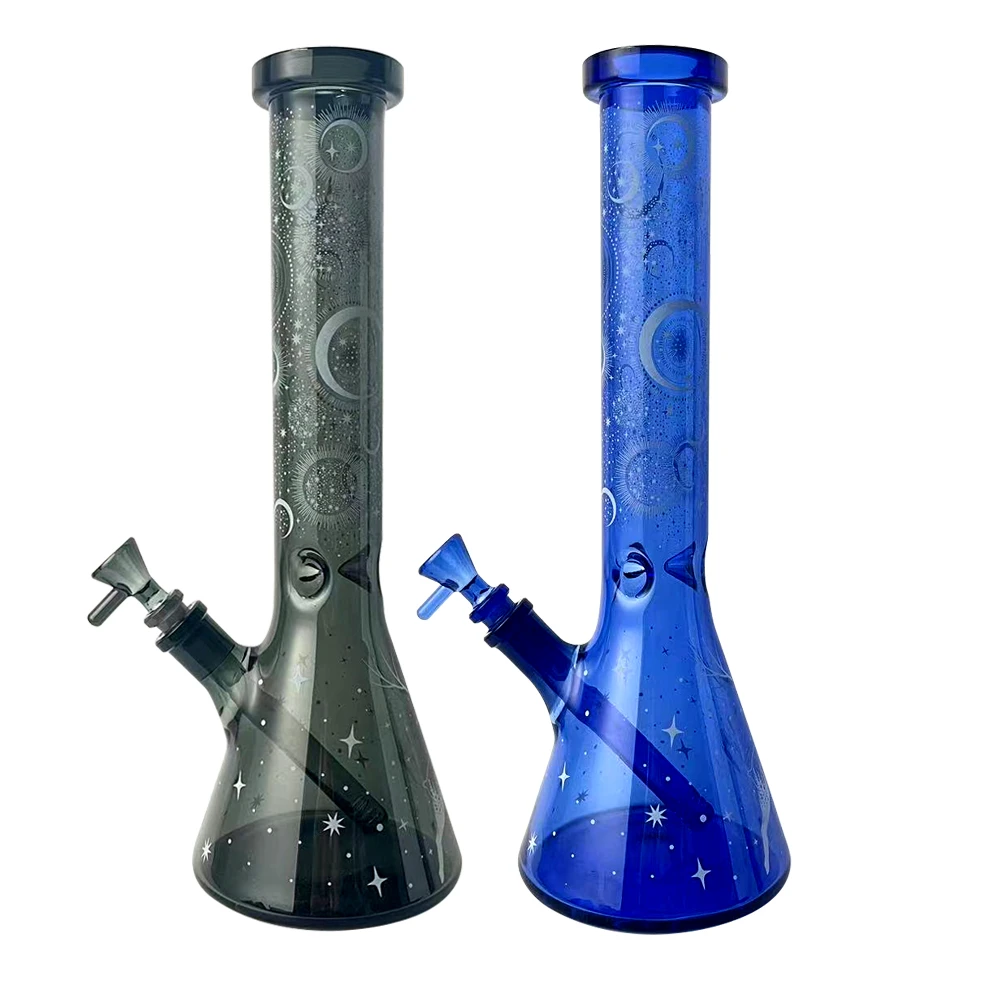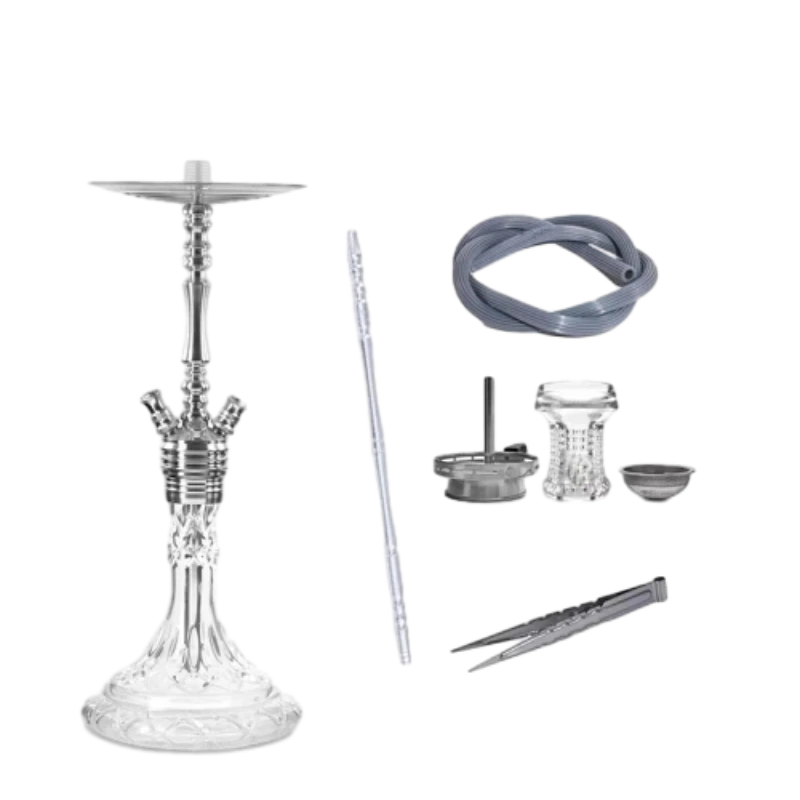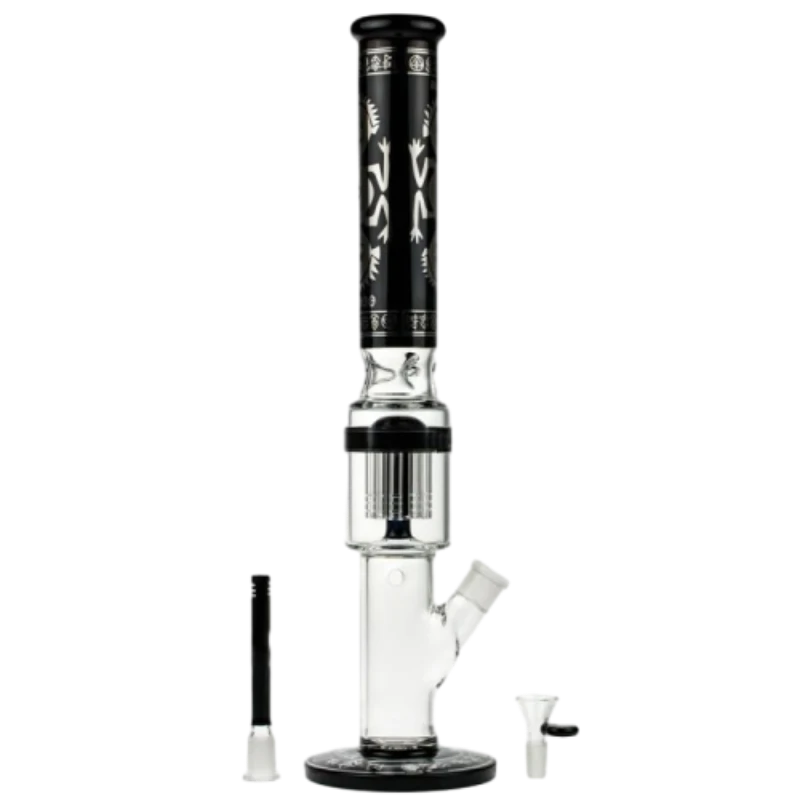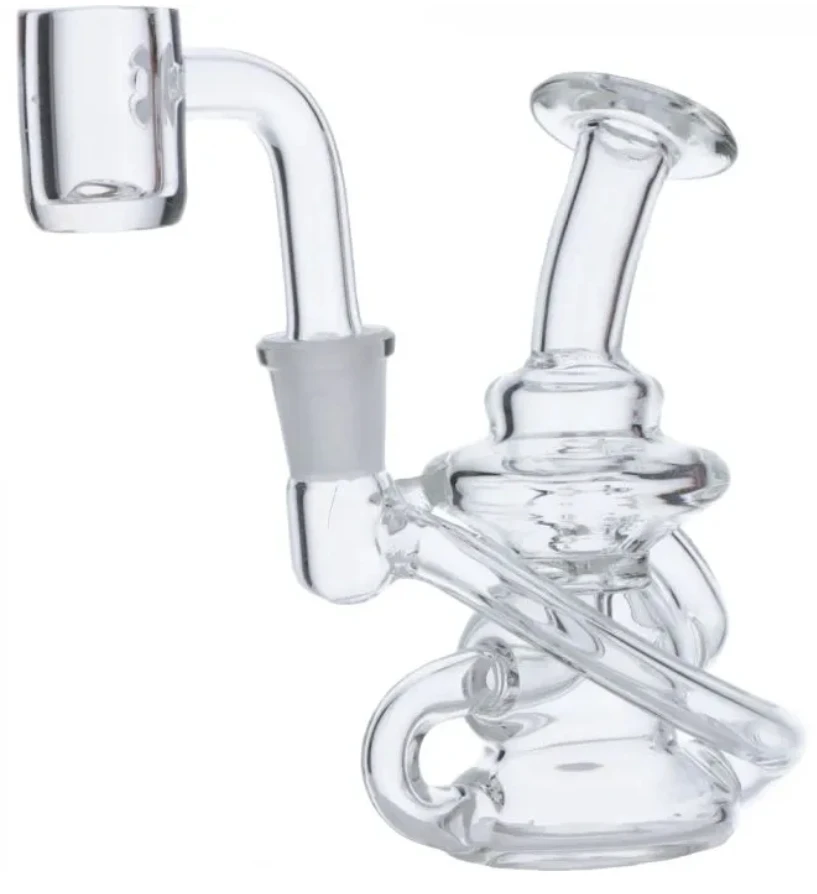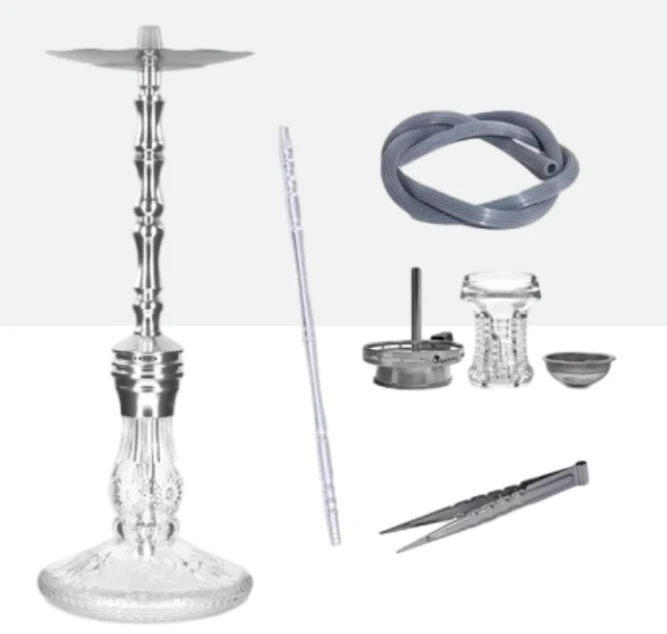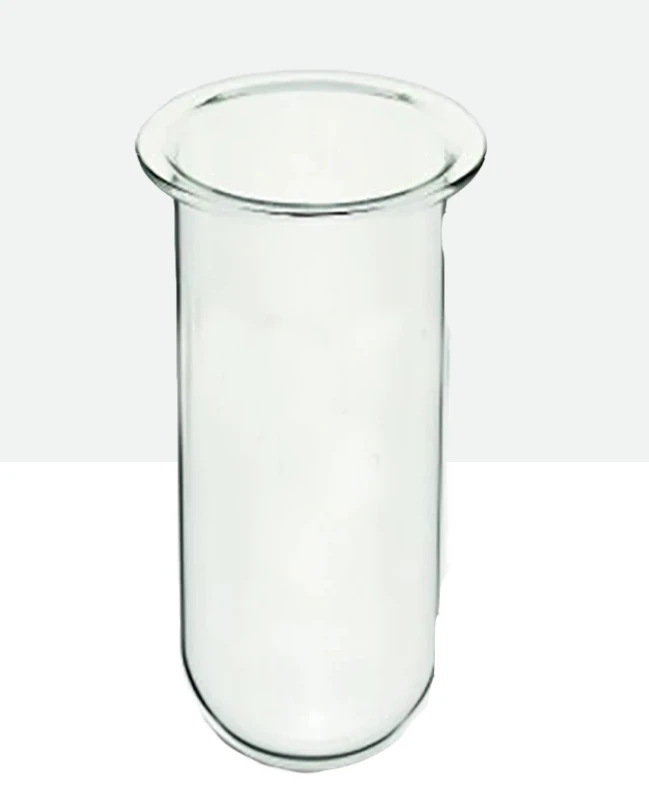In the highly regulated world of pharmaceutical development and quality control, precision is not just a goal; it's a prerequisite. The dissolution test, a cornerstone of drug formulation analysis, hinges on the reliability of its components. Among these, the **peak vessel dissolution** system stands out as a critical element for achieving accurate and repeatable results. This comprehensive guide explores every facet of the peak vessel dissolution, from industry trends and technical specifications to manufacturing excellence and real-world applications, establishing why superior vessel design is paramount for modern laboratories.
The Evolving Landscape of Dissolution Testing: Trends and Demands
The pharmaceutical industry is in a constant state of evolution, driven by stricter regulatory oversight from bodies like the FDA and EMA, and the increasing complexity of drug formulations. This has placed immense pressure on dissolution testing methodologies. Key trends shaping the demand for high-quality **dissolution vessels** include:
- Demand for Higher Reproducibility: Variability in dissolution test results can lead to costly delays and out-of-specification (OOS) investigations. The industry is shifting towards equipment that minimizes variability, with the geometric precision of the `vessel dissolution` being a primary focus.
- Stricter Regulatory Scrutiny: The United States Pharmacopeia (USP) General Chapter <711> outlines stringent specifications for dissolution apparatus. A key aspect is the vessel's dimensions and the centricity of the paddle or basket. A **peak vessel for dissolution** is specifically designed to meet and exceed these geometric requirements, ensuring consistent hydrodynamics.
- Automation and High-Throughput Screening: As labs move towards automation, the physical consistency and durability of components like `500ml dissolution vessel` become critical. Vessels must be perfectly uniform to integrate seamlessly with robotic arms and automated sampling systems.
- Focus on Data Integrity: With regulations like FDA 21 CFR Part 11, the entire data lifecycle is under scrutiny. This starts with the physical test setup. Using a certified, dimensionally perfect **peak vessel dissolution** provides a solid foundation for trustworthy data.
Featured Product: EaseAlign 100 mL Transparent Glass Dissolution Vessel
At the forefront of vessel innovation is the EaseAlign 100 mL Transparent Glass Dissolution Vessel. Engineered for unparalleled precision, it addresses the core challenges of modern dissolution testing. Its flawless hemispherical "peak" bottom and self-aligning mechanism ensure perfect centricity every time, drastically reducing setup time and eliminating a major source of variability.
Discover EaseAlign 100 mL VesselTechnical Deep Dive: What Defines a Superior Peak Vessel for Dissolution?
Not all **dissolution vessels** are created equal. A "peak" vessel, also known as a hemispherical bottom vessel, is the standard for USP Apparatus 1 (Basket) and Apparatus 2 (Paddle). The term "peak" refers to the perfectly formed hemispherical bottom, which is crucial for creating predictable and smooth hydrodynamic flow patterns. Any imperfection in this hemisphere can introduce turbulence and variability. Let's break down the critical technical parameters.
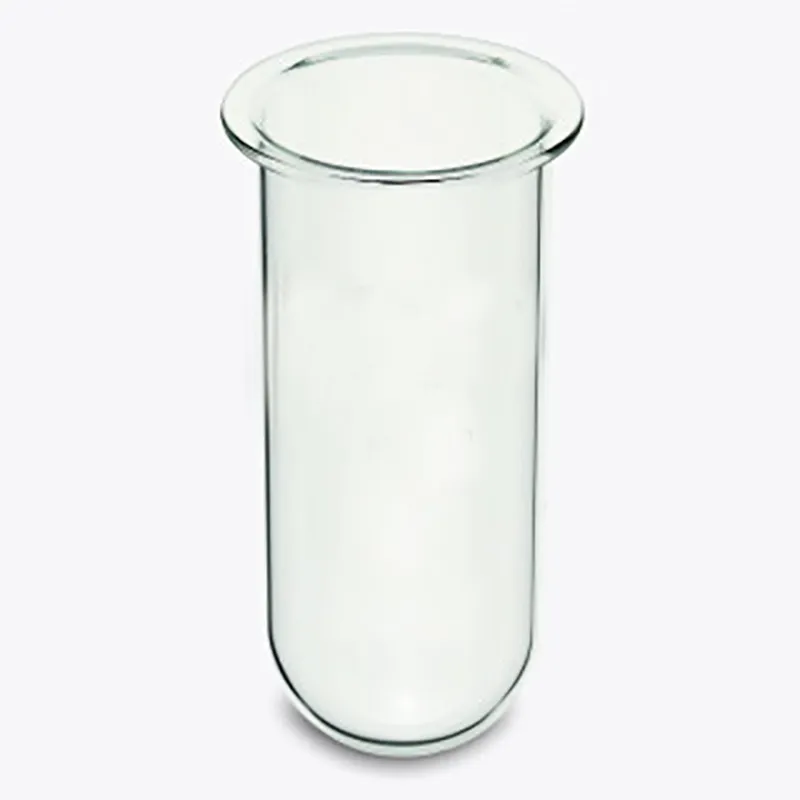
The EaseAlign 100 mL Transparent Glass Vessel, a prime example of a precision-engineered **peak vessel for dissolution**.
Key Technical Parameters and Their Importance:
- Material Composition: The gold standard is Type I Borosilicate Glass (e.g., Borosilicate 3.3). This material is chosen for its exceptional chemical resistance, minimizing the risk of leaching or reaction with the dissolution media, and its high thermal stability, allowing it to withstand temperature changes without stress fractures.
- Dimensional Accuracy (USP <711> Compliance): A vessel must adhere to strict dimensional tolerances. For a standard 1000 mL vessel, the height is specified as 160-210 mm and the inside diameter as 98-106 mm. The hemispherical bottom must be perfectly formed. Any deviation can alter the media volume and flow dynamics.
- Centricity and Verticality: This is perhaps the most critical factor. The stirrer (paddle/basket) must be perfectly centered within the vessel and rotate without any "wobble." Misalignment creates inconsistent flow velocities, leading to highly variable dissolution rates. Advanced **peak vessel dissolution** systems like EaseAlign are designed to guarantee this alignment.
- Optical Clarity: Visual observation of the dissolution process is vital. High-quality vessels are free from scratches, bubbles, or distortions, providing a clear window into the process, which is essential for troubleshooting and method development.
- Flawless Hemisphere: The "peak" must be a true, smooth hemisphere. Flat spots or molding marks can cause erratic results, especially with paddle-over-disk methods or for drugs that tend to cone at the bottom of the vessel.
The Manufacturing Journey of a Precision **Peak Vessel Dissolution**
Creating a vessel that meets these exacting standards is a multi-stage process combining advanced technology and meticulous craftsmanship. Understanding this process highlights the value embedded in a premium product like the EaseAlign vessel.
1. Raw Material Selection
Process begins with certified Type I Borosilicate Glass 3.3 tubes, ensuring low thermal expansion and high chemical purity per ISO 3585.
2. Precision Molding & Forming
Glass is heated and precision-molded using advanced CNC-guided tools to form the perfect hemispherical bottom and uniform cylindrical walls, critical for a **vessel dissolution** test.
3. Controlled Annealing
Vessels are placed in a calibrated annealing oven. The slow cooling process removes internal stresses, maximizing thermal shock resistance and ensuring long-term durability.
4. Laser & Optical Inspection
Each vessel undergoes automated laser scanning to verify dimensional compliance with USP standards. Optical inspection checks for imperfections like striations or bubbles.
5. Serialization & Certification
Vessels are permanently marked with a unique serial number for traceability. A Certificate of Conformance (CoC) is generated, documenting compliance with USP and/or ISO standards.
Performance Comparison: Standard vs. Advanced **Dissolution Vessels**
To quantify the benefits of a premium **peak vessel dissolution** system, we can compare a standard, generic vessel against an advanced, precision-engineered model like the EaseAlign. The differences in performance directly impact lab efficiency, costs, and compliance.
| Feature / Parameter | Standard Glass Vessel | EaseAlign Precision Vessel | Impact on Dissolution Test |
|---|---|---|---|
| Vessel Centering | Manual, user-dependent | Self-aligning mechanism | Drastically reduces setup time and eliminates centering as a source of variability. |
| Material Certification | Often generic, may lack full traceability | Certified Type I Borosilicate 3.3 (USP/EP/JP) | Guarantees chemical inertness and prevents test contamination. |
| Dimensional Tolerance | Meets basic USP range | Exceeds USP standards, tightest tolerances | Ensures superior vessel-to-vessel consistency for higher reproducibility. |
| Hemisphere Quality | May have minor molding marks/flat spots | Flawless, true hemispherical profile | Promotes ideal, predictable hydrodynamics, crucial for sensitive formulations. |
| Serialization | Typically absent or basic | Unique laser-etched serial number | Enables full traceability for GMP compliance and asset management. |
| Avg. Lifespan (Thermal Cycles) | ~1,500 cycles | ~2,500+ cycles (due to superior annealing) | Lower long-term cost of ownership and fewer replacements. |
Data-Driven Advantages: Visualizing the EaseAlign Performance
Visual data representations make the advantages of a superior **vessel dissolution** system clear. Below, we compare key performance indicators of the EaseAlign 100 mL vessel against industry-standard counterparts.
Centering Time & Variance
EaseAlign significantly reduces setup time and minimizes vessel-to-vessel dimensional variance.
Key Advantage Breakdown
The benefits are multi-faceted, with improved reproducibility being the primary driver of value.
Application Case Study: Solving OOS with Precision **Vessel Dissolution**
The Challenge at "PharmaGlobal Inc."
PharmaGlobal, a leading drug manufacturer, was facing recurrent OOS results for a new extended-release tablet formulation. The dissolution profile showed high variability, particularly in the early time points, jeopardizing their New Drug Application (NDA) timeline. Their investigation pointed towards the dissolution test method itself as the likely root cause.
The Investigation and Solution
The quality control team, led by Dr. Anya Sharma, initiated a systematic review. They observed that despite following the SOP, minor differences in how analysts centered the paddles in their standard **dissolution vessels** correlated with result variability. To eliminate this factor, they trialed the EaseAlign 100 mL **peak vessel dissolution** system across three different dissolution baths.
The Results
The impact was immediate and profound. The Relative Standard Deviation (RSD) of the dissolution results dropped from 15% to under 4%, well within acceptable limits. The self-aligning feature of the EaseAlign vessels removed user-to-user variability in the setup. Furthermore, the flawless hemispherical bottoms of the vessels prevented the "coning" issue they occasionally saw with their old vessels, where undissolved powder would accumulate in the center, skewing results.
"The switch to EaseAlign **peak vessel dissolution** systems was a game-changer for our lab. We not only solved our OOS problem but also reduced our average test setup time by 15 minutes per run. The confidence we now have in our dissolution data is invaluable. It's a clear demonstration of how investing in high-quality foundational equipment pays dividends in compliance and efficiency."
Customization, Trust, and Support
While standard sizes like the 100mL, 500mL, and 1000mL **dissolution vessels** are common, many labs have unique needs. We offer customization options for volume, specific markings, and coatings for special applications. Our commitment extends beyond the product itself, building a foundation of trust with our clients.
- Delivery & Warranty: We offer a typical delivery cycle of 2-4 weeks for standard orders and provide a comprehensive 12-month warranty against manufacturing defects.
- ISO 9001 Certification: Our manufacturing facilities are ISO 9001:2015 certified, a testament to our commitment to quality management systems.
- Customer Support: Our team of technical experts is available to assist with product selection, method development, and troubleshooting, ensuring you get the most out of your investment in a **peak vessel for dissolution**.
Frequently Asked Questions (FAQ)
A "**peak vessel dissolution**" refers to a dissolution vessel with a perfectly formed hemispherical bottom, as specified by the USP for Apparatus 1 and 2. The term "peak" is an industry colloquialism for this hemisphere. This shape is critical for creating smooth, laminar, and predictable hydrodynamic flow of the dissolution medium, which is essential for obtaining reproducible test results.
Borosilicate 3.3 glass is the material of choice due to its superior properties as defined by standards like ISO 3585. Its key advantages include:
- High Chemical Resistance: It is highly resistant to water, acids, and other chemicals, preventing the vessel itself from interfering with the test by leaching ions into the medium.
- Low Thermal Expansion: It can withstand rapid temperature changes (thermal shock) without cracking, which is crucial when working with heated dissolution media.
- High Transparency: It offers excellent optical clarity for visual monitoring of the dissolution process.
It is critically important. The USP <711> specifies that the axis of the stirring element must not deviate more than 2 mm from the vertical axis of the vessel. Any off-center placement creates asymmetrical flow patterns, leading to either artificially fast or slow dissolution rates. This is one of the largest sources of variability in dissolution testing. Products like the EaseAlign vessel are designed specifically to eliminate this variable.
No, you must use the vessel volume specified in the official monograph or your validated test method. The hydrodynamics, volume-to-surface-area ratio, and paddle/basket-to-vessel clearances are all specific to the vessel size (e.g., 1000mL, 500mL, or small-volume vessels like 100mL). Using the wrong size will invalidate the test results.
A validated cleaning procedure is essential. Typically, it involves rinsing with purified water, washing with a suitable laboratory-grade, non-ionic detergent, followed by multiple rinses with purified water and a final rinse with deionized water. The vessels should then be air-dried in an inverted position in a clean environment. For stubborn residues, sonication or specific solvents (if compatible with the drug substance) may be used, but this must be validated to ensure no residue remains.
A CoC is a document that certifies that the **vessel dissolution** meets or exceeds all the specifications outlined in relevant standards, such as USP <711>. It confirms that the vessel has been inspected and its critical dimensions (height, diameter, hemisphere radius) are within the accepted tolerances. For serialized vessels, the CoC is tied to a specific unit, providing full traceability for GMP and audit purposes.
There is no fixed replacement schedule; it depends on usage, cleaning methods, and handling. Vessels should be inspected for scratches, chips, or etching before every use. Scratches on the interior surface can alter hydrodynamics and create nucleation sites for undissolved particles. A devitrified (cloudy) appearance indicates chemical attack and means the vessel should be replaced immediately. Using high-quality vessels with superior annealing, like the EaseAlign, can significantly extend their operational lifespan.
Conclusion & Further Reading
In conclusion, the peak vessel dissolution is far more than a simple glass container111; it is a precision instrument at the heart of pharmaceutical quality control. From the choice of borosilicate glass to the sub-millimeter accuracy of its hemispherical peak, every detail matters. Investing in premium, certified vessels like the EaseAlign 100 mL is a direct investment in data quality, regulatory compliance, and laboratory efficiency. By minimizing variability at its source, labs can achieve more reliable, repeatable, and trustworthy results, accelerating drug development and ensuring patient safety.
- Citations & Industry References:
- 1. United States Pharmacopeia (USP). General Chapter <711> Dissolution. USP-NF. Rockville, MD: United States Pharmacopeial Convention. (Refer to www.uspnf.com)
- 2. Gray, V. A. "The USP Dissolution Apparatus: Sources of Variability." Dissolution Technologies, vol. 10, no. 4, 2003, pp. 6-11. (Link: www.dissolutiontech.com)
- 3. "The Importance of Vessel Geometry in Dissolution Testing." PharmaHub Forum Discussion. (Link: pharmahub.com/forums/dissolution-testing - illustrative link)
- 4. International Organization for Standardization. ISO 3585:1998, Borosilicate glass 3.3 — Properties. (Refer to www.iso.org)









